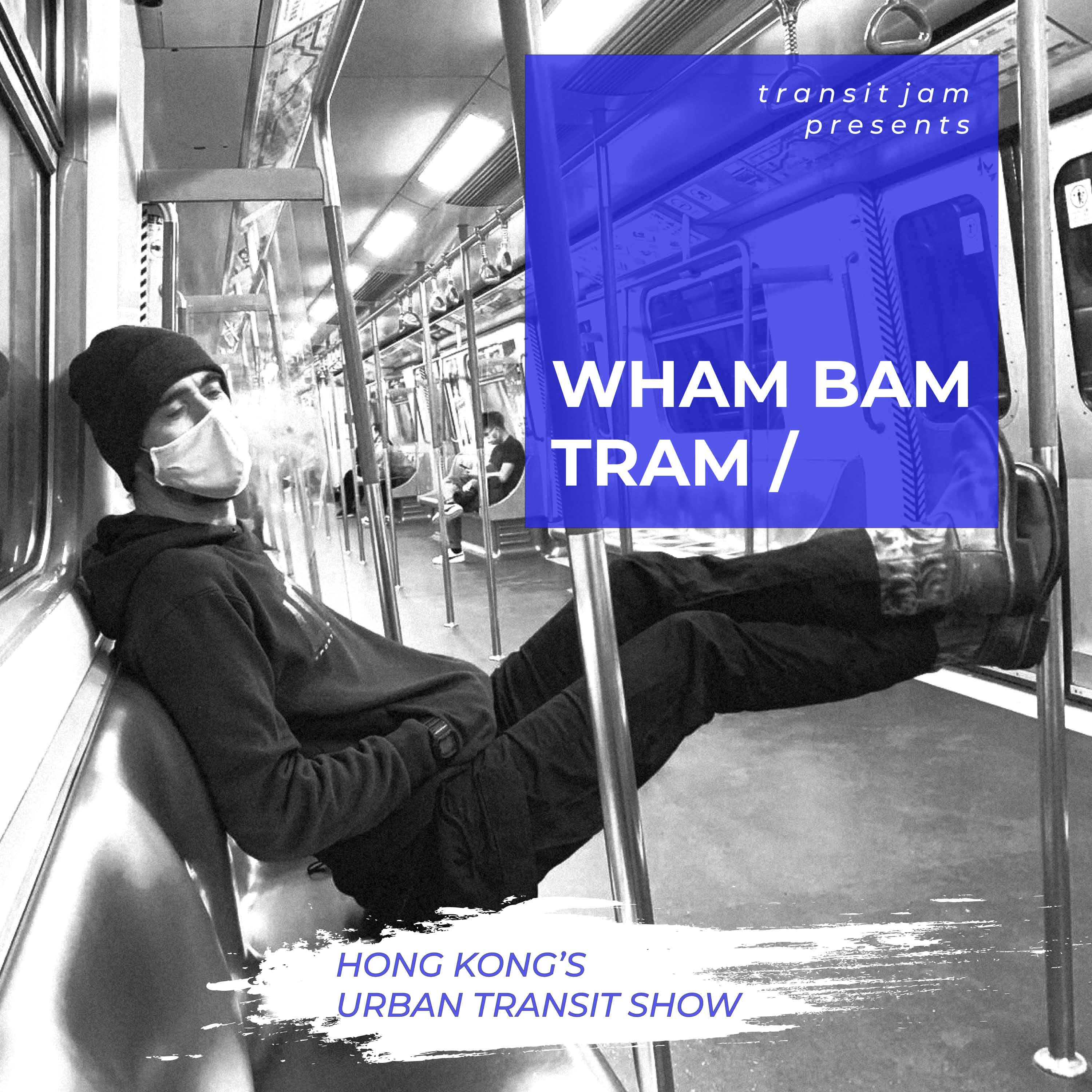
Clean & Green? A older diesel truck plying the streets of Hong Kong: in London, this vehicle would be charged over HK$1,000 per day to use the roads under tough environmental laws.
Ageing diesel engines set for a citywide cull have been granted a stay of execution by the Hong Kong government, which has extended the deadline for its diesel cash-for-scrap programme by six months from December 31, 2019 to June 30, 2020.
The HK$11.4 billion clean air programme was launched in 2014 and offers an incentive of up to HK$892,100 (US$113,995) for owners of Pre-Euro IV diesels to scrap their vehicles. The plan, prompted by the International Agency for Research on Cancer classifying diesel engine exhaust as carcinogenic to humans, would “reduce by half the cancer risk due to exposure to diesel engine exhaust”.
But according to the government, transport firms might not be able to complete the necessary procedures in time due to the current “economic situation”, despite having had five years to prepare for the December 31 deadline.
Environmental groups have slammed the decision, with Clean Air Network (CAN) Chief Executive Patrick Fung calling for a public consultation into such delays. “The extension enables the extension of service life of key roadside pollution emitters. The government should definitely let the public understand the potential health risks and should explain why the six-month extension is acceptable in public health terms,” he said.
A Euro III diesel truck engine (in factory condition) can emit 10 times more particulate matter than a new Euro VI diesel truck engine (the latest standard), five times more hydrocarbons and 12.5 times more NOx. High-mileage vehicles pollute more, as much as 20% more per 80,000km on the clock for Euro 3 light-duty diesel engines, according to one study.
In 2011, pre-Euro IV vehicles accounted for 86% of particulates (PM10) and 43% of NOx emissions of the whole city’s vehicular pollution, said the government when the scheme was proposed.
According to Fung, there are thousands of Euro III diesel commercial vehicles which are yet to register for the government ex-gratia payment scheme – and these are some of the oldest and highest-mileage vehicles in the territory.
“These vehicles serve throughout the territory, including areas adjacent to where the majority of the population resides, works or commutes,” he said. “The public is not aware of the associated potential health risk. Also, there is no corresponding measure to address the additional healthcare burden.”
The government defended its decision saying that some 97% of the pre-Euro IV DCVs have already been phased out and only about 2,600 Euro III diesel commercial vehicles remain in the city, according to a spokesman for the Environmental Protection Department.

Hong Kong’s remaining Euro III fleet produces the same NOx per km as 1.6 million Mercedes-Benz C220 saloon cars
Nevertheless, based on real-world NOx emissions of Euro III trucks, this fleet of 2,600 vehicles produces the same amount of NOx as a staggering 1.6 million Mercedes-Benz C220 diesel cars and the same PM2.5 as around 750,000 of the same.
Hong Kong’s pre-Euro IV deadline extension contrasts unfavourably with other cities which have been proactive in shunning these diesel vehicles for years. Pre-Euro IV trucks have been unwelcome in London’s vast Low Emission Zone (LEZ) since 2008, thanks to hefty automatic daily charges of GBP200 (HK$2,062) – and that will rise to GBP300 per day next year. London has also extended the programme to a new central “Ultra Low Emissions Zone” (ULEZ), repelling pre-Euro VI diesel vehicles with charges up to GBP100 (HK$1,031) per day. Roadside nitrogen dioxide (NO2) pollution has reduced by 36 per cent in the ULEZ as a result, according to London’s mayor





